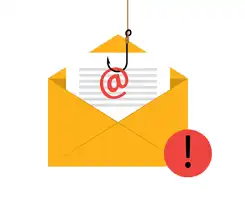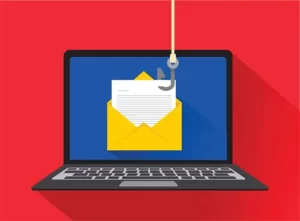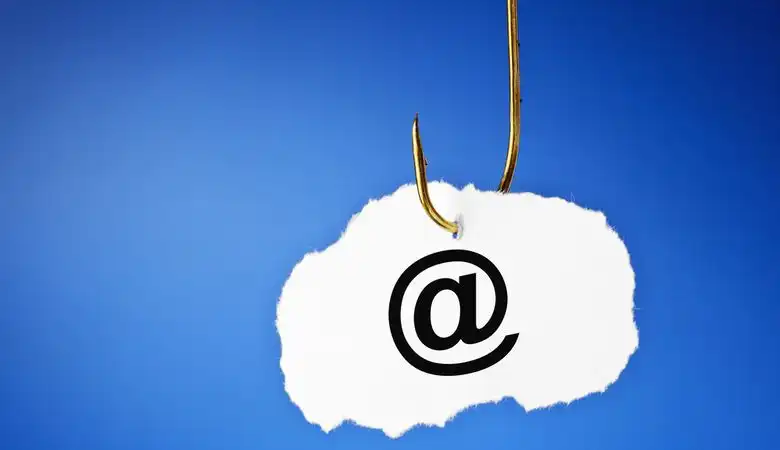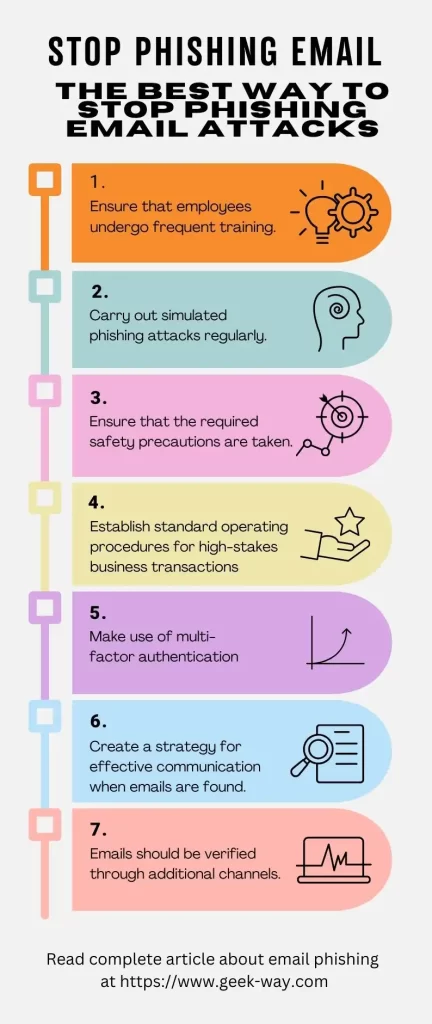Topic Covered in This Page
- Phishing Attack, Definition and Types
- What is Phishing and How Does it Work?
- Protect yourself from phishing emails
- What is a email phishing attack?
- What is email phishing in cyber security?
- What is email phishing and how it works?
- How to Recognize a Phishing Email?

The most common type of phishing is email phishing, which has been around since the 1990s. These emails are sent by hackers to any email address they can find.
The email typically alerts you to the compromise of your account and requests that you click on the linked link to respond right away.
These kinds of attacks are typically simple to identify because the email’s wording frequently contains spelling and/or grammatical mistakes.

When the language and syntax are more carefully written, it can be difficult to identify some emails as phishing attempts. You can figure out whether the source is reliable by scanning the email and the link you’re being sent to for any suspicious language.
Phishing attacks, often delivered via email spam, attempt to trick individuals into giving away sensitive information or login credentials. Most attacks are “bulk attacks” that are not targeted and are instead sent in bulk to a wide audience.
The goal of the attacker can vary, with common targets including financial institutions, email and cloud productivity providers, and streaming services. The stolen information or access may be used to steal money, install malware, or spear phish others within the target organization. Compromised streaming service accounts may also be sold on darknet markets.
This type of social engineering attack can involve sending fraud emails or messages that appear to be from a trusted source, such as a bank or government agency. These messages typically redirect to a fake login page where the user is prompted to enter their login credentials.
Most Common Signs of Phishing Emails
One of the most common types of cybercrime is email phishing, yet matter how much we believe we know about these scams, they still manage to fool us all too frequently.
But how can you recognize a fake email? Here are a few quick, helpful methods for identifying phishing emails.
- Check Email Source
- Misspelled Domain Name
- Poorly written emails
- Suspicious attachments or links (Infected attachments or Suspicious links)
- Creates a sense of urgency
Read here for an article on “How to recognize phishing emails “
The most common examples of phishing emails
- The fake invoice scam
- Email account upgrade scam
- Advance-fee scam
- Google Docs scam
- PayPal Scam
- Message from HR scam
- Dropbox scam
- The council tax scam
- Unusual activity scam
- Software Upgradation Scam
- Virus Alert Scam

What to do if you suspect a phishing attack?
If you suspect a phishing attack, here’s what you should do in a nutshell:
- Don’t Click or Download: Do not click on any suspicious links, open attachments, or download files from emails or messages that seem suspicious.
- Verify the Sender: Check the sender’s email address or phone number. Be cautious if it looks unusual or if you weren’t expecting a message from that sender.
- Look for Red Flags: Pay attention to the content of the message. Look for poor grammar, spelling mistakes, or generic greetings.
- Beware of Urgency: Be skeptical if the message conveys a sense of urgency or fear, like threats of account closure or legal action if you don’t act immediately.
- Verify Requests for Personal Information: Legitimate organizations won’t ask you for sensitive information like passwords, Social Security numbers, or credit card details via email or text.
- Use Official Websites or Contact Information: If you’re unsure about a message’s authenticity, go directly to the official website of the organization in question using your browser or contact them through verified contact information, not information provided in the suspicious message.
- Use Antivirus Software: Make sure you have up-to-date antivirus and anti-malware software on your computer and regularly run scans.
- Report It: Report the phishing attempt to your email or messaging service provider, as well as to the appropriate authorities if necessary.
- Change Passwords: If you’ve accidentally clicked on a phishing link and entered your login credentials, change your passwords immediately, and enable two-factor authentication if available.
- Educate Yourself and Others: Learn how to recognize phishing attempts and educate your friends, family, and colleagues about phishing risks to prevent them from falling victim to such scams.
Remember, being cautious and taking steps to verify the authenticity of suspicious messages can go a long way in protecting your personal and financial information from phishing attacks.

Some Examples of Phishing Emails or Email Scam
Software Activation / Renewal/expiry Alert
- Norton Antivirus Renewal Emails
- Microsoft Defender Renewal Emails
- Mcafee Antivirus Renewal Emails
- Bitdefender Antivirus Renewal Emails
- Avira Antivirus Renewal Emails
- AVG Antivirus Renewal Emails
- Malwarebytes Antivirus Renewal Emails
- Avast Antivirus Renewal Emails
- Windows Activation Emails
- Office 365 Activation emails

This article is about Email Phishing and Email Spamming. If you are facing any issues with PC & Desktop Security & Email Spamming call us for assistance. Our service engineer will certainly guide you. You can also ask for a free PC Diagnostic Service



